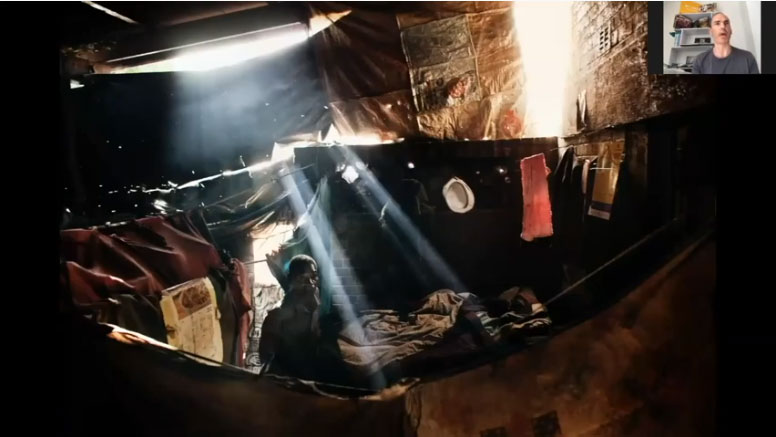Australian journalist, Alison Stieven-Taylor, publisher of popular blog Photojournalism Now, has launched a new monthly video series in which she interviews leading documentary photographers.

The series, Photojournalism Now: In Conversation, kicks off with a 22-minute discussion with Robin Hammond, an award-winning New Zealand documentary photographer and human rights activist. Hammond is represented by Panos Pictures, has won a World Press Photo prize, is a W.Eugene Smith Fund recipient, and exhibited work across the world.
A major ethical issue Hammond discusses in the interview is the role photojournalists play when they’re documenting a foreign group or culture. This has become a hot topic within photojournalism, as many are beginning to question whether an ‘outsider’ can accurately retell the ‘full story’ of certain groups.
In 2011 Hammond won the 2011 Carmignac Gestion Photojournalism Award, which resulted in a long-term documentary photo project exploring life under the regime of former Zimbabwean dictator, Robert Mugabe, titled Zimbabwe – Your Wounds Will Be Named Silence.’I was trying to capture both the devastation of the decades of rule under Robert Mugabe but also why some people might support him,’ he said.The focus was mostly on those who were victims of this dictatorship.’
Hammond believes that, at the time in Zimbabwe, it would have been more challenging for a local photographer to gain the people’s trust.
‘It was a difficult project… I had to be very cautious of my surroundings… and I wouldn’t be welcomed, should it be discovered what I was doing there. I had been in-and-out of Zimbabwe several years previously, and I had a little bit of knowledge of the country, which helped,’ he said. ‘But it’s a very interesting exercise also in understanding the relationships as an outsider versus insider. I know this is a big conversation within photojournalism about who tells whose stories. This was actually an interesting case where, as an outsider, I had greater access. I think that local people felt they were more able to trust someone from outside… it gave me greater access, I think, to some really intimate moments.’
On the other hand, Hammond recognises many international news stories are often told or documented by outsiders and believes there is value in having those belonging to a group tell those stories. He ran a visual storytelling workshop with Rohingya refugees, a persecuted minority group who fled their home country of Myanmar due to genocide.
‘I’m a firm believe, and there has become a much greater realisiation and sensitivity to who is telling the story. I am very sensitive to the fact that, pretty much all my work I’m an outsider. Outsiders telling the stories of marginalised groups… it hasn’t always turned out so good for those marginalised groups. I don’t think outsiders shouldnt tell their stories, there is a great contributions outsiders can play, especially where they have knowledge, understanding, and sensitivity. Many outsiders, like myself, have a storytelling expertise which we can offer towards a situation. But I think that much, much more we need to be able to support marginalised groups to tell their own stories. It’s got to be a big future of storytelling.
Hammond also discusses about an ongoing portrait series on mental health, specifically those suffering dementia in Japan, and much more! Watch the video below, or here. The next interview is with US photojournalist, Renée C Byer.





Be First to Comment